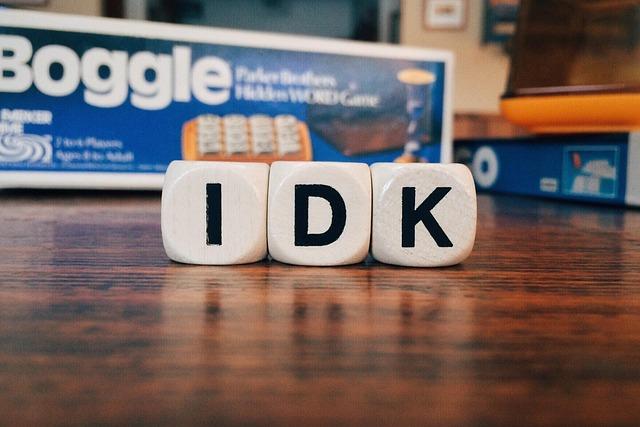In the quest to improve their scores, golfers often focus on long drives and powerful swings, sometimes overlooking the nuanced skills required around the green. A growing number of instructors and professionals now emphasize a simple yet effective technique: keeping your hands moving during short game shots. This subtle adjustment, dubbed the “Short Game Secret,” is gaining attention for its ability to enhance touch, control, and consistency in chipping and pitching. As players seek every edge to shave strokes off their rounds, the importance of continuous hand movement could be the overlooked key to unlocking lower scores.
Mastering Wrist Flexibility to Improve Short Game Precision
Wrist flexibility plays a pivotal role in achieving the pinpoint accuracy demanded by the short game. Limited wrist mobility can lead to a stiff, robotic swing that sacrifices the subtle nuances necessary for delicate chip shots and controlled pitches. By enhancing your wrist’s range of motion, you unlock the potential for a smoother release, allowing the clubface to square naturally through impact. This fluidity not only boosts precision but also imparts the ideal amount of spin and trajectory to the ball, giving you unparalleled control around the greens.
To integrate wrist flexibility effectively into your routine, focus on these key practices:
- Dynamic stretching: Gentle wrist circles and flexion-extension exercises before play warm muscles and tendons.
- Progressive drills: Incorporate wrist hinge drills with a short iron to build comfort and coordination.
- Grip pressure awareness: Maintain a relaxed but secure grip, allowing natural wrist articulation during strokes.
| Exercise | Duration | Key Benefit |
|---|---|---|
| Wrist Circles | 2 minutes | Increases joint lubrication |
| Resistance Band Flexion | 3 sets of 15 reps | Builds strength and flexibility |
| Hinge Drill with 9-Iron | 10 swings | Improves timing and control |
Expert Tips for Maintaining Hand Movement Through Impact
Maintaining fluid hand motion through impact is crucial for achieving precision and control in your short game. Consistent wrist hinge during the downswing ensures the clubface stays square, allowing for clean contact and better ball trajectory. Experts emphasize focusing on the feel of your hands “leading” the clubhead rather than resisting or locking up at impact, which often leads to deceleration and poor contact.
Incorporate these practical tweaks into your routine to keep your hands active and engaged:
- Maintain a light grip pressure: Tension in your hands creates stiffness, so relax your hold without compromising control.
- Practice progressive drills: Using drills like the “pump drill” helps train your hands to stay dynamic through impact.
- Visualize a smooth follow-through: A deliberate and flowing hand movement post-impact encourages momentum continuation.
| Drill | Focus Area | Benefit |
|---|---|---|
| Pump Drill | Hand release timing | Improves impact fluidity |
| Tee Drill | Clubface control | Promotes correct wrist action |
| Slow-motion Swings | Muscle memory | Builds consistent hand movement |
Wrapping Up
In conclusion, the key to mastering the short game lies in maintaining continuous hand movement. Experts emphasize that keeping your hands active throughout the stroke promotes better control, consistency, and ultimately, lower scores. As golfers of all levels seek to shave strokes off their game, this simple yet effective technique could prove to be the secret weapon on the greens. Staying hands-on, quite literally, may be the difference between a frustrating round and a winning one.








